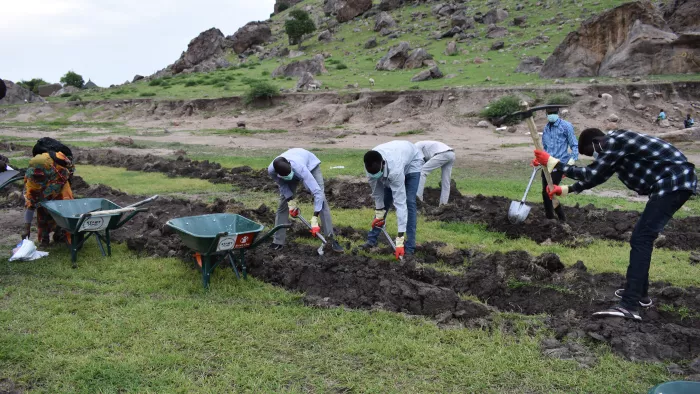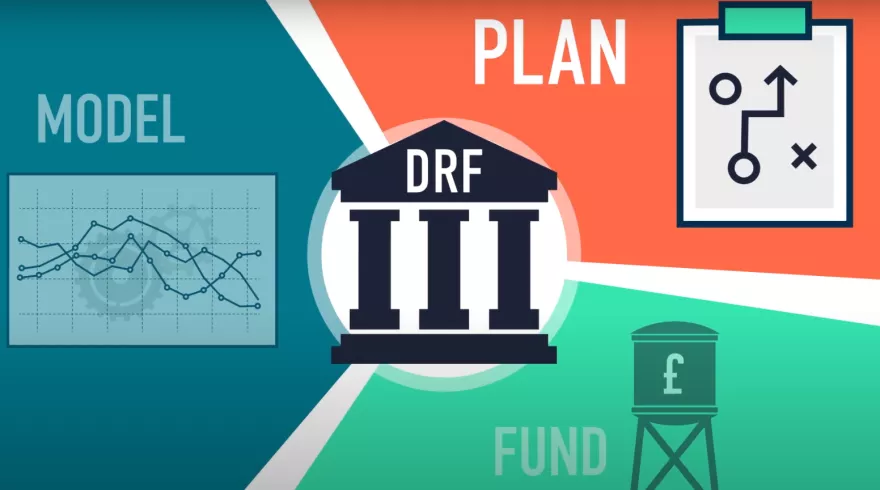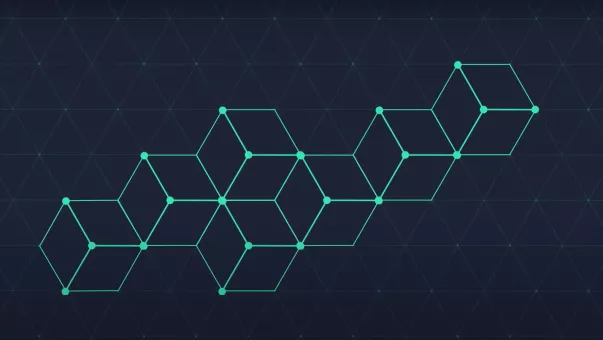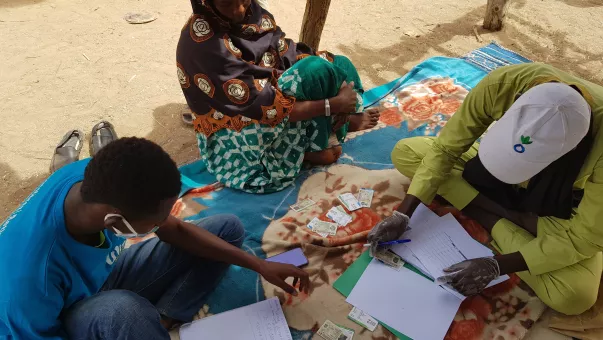Start Network has disaster risk financing (DRF) programmes in eight countries, some already active and some in development.
We can support members in building their own DRF systems. Once it is in place they can apply for coverage from pooled funds such as Start Ready.
What is disaster risk financing?
Disaster risk financing is a structured way to model and plan for risks. Start Network members with DRF systems in place are eligible to apply for funding from Start Ready.
Through risk analysis, risk modelling and climate science, it is possible to predict the occurrence of disasters such as floods, droughts, cyclones and heatwaves – and the impact they may have on the most vulnerable communities.
This allows organisations to have plans in place ahead of disaster and funding ready to go when needed.
How it works
Disaster risk financing has three key elements:
- using science and data to model and quantify risks in advance
- pre-planning and pre-costing a crisis response
- pre-positioning funds according to pre-agreed protocols so that when the conditions are met, funding is rapidly released.
Often, a group of organisations will act collectively to create a DRF system for their country or region, to tackle a specific risk.





